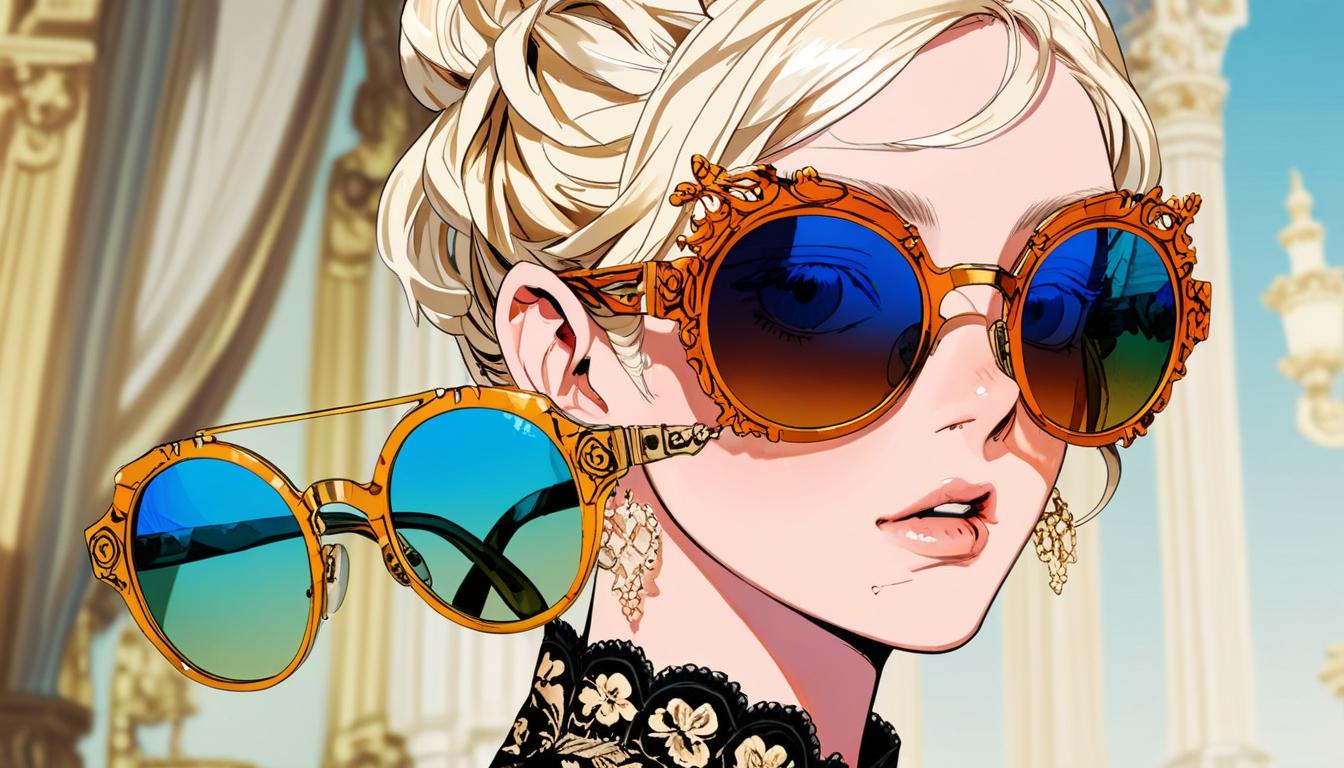The museum dedicated to Salvatore Ferragamo in Florence honors the legacy of the iconic shoemaker and his contributions to fashion and Hollywood.
In the heart of Florence, a city revered for its historical landmarks and artistic treasures, lies a distinctive museum devoted to the life and legacy of renowned shoemaker Salvatore Ferragamo. The museum, located in the elegant Palazzo Spini Feroni, is a tribute to Ferragamo’s extraordinary contributions to fashion and his journey from humble beginnings to becoming the ‘Shoemaker of Dreams.’
Salvatore Ferragamo began his illustrious career at a young age, igniting his passion for shoemaking in Naples when he was just nine years old. By the time he turned 17, Ferragamo embarked on a journey to America, where he opened the Hollywood Boot Shop in 1923. Despite its modestly humble title, the shop quickly captured the attention of Hollywood’s elite, including iconic figures such as Greta Garbo, Mary Pickford, and Gloria Swanson. Ferragamo’s influence in the film industry flourished as he produced an astonishing 12,000 pairs of sandals for Cecil B. DeMille’s monumental film, The Ten Commandments.
Ferragamo’s designs not only highlighted a perfect marriage of comfort and style but also reflected his deep understanding of the anatomy of the foot, a knowledge he garnered while studying at university. “A good foot is… a masterpiece of divine workmanship. A bad foot… is an agony,” he stated, emphasizing the importance of functionality in elegance. His philosophy is demonstrated throughout the museum, which showcases wooden shoe lasts—moulds of feet from a range of celebrated clients, marking the museum’s collection as a veritable Who’s Who of Hollywood’s Golden Age.
Notable figures such as Marilyn Monroe, whose white stiletto heels became famous from the film The Seven Year Itch, and Audrey Hepburn, Bette Davis, and Sophia Loren revered Ferragamo’s shoes as symbols of luxury. Ferragamo’s design ethos was encapsulated in his assertion that “elegance and comfort are not incompatible,” asserting that true style embraces both aesthetics and wearability.
Additionally, Ferragamo observed his client’s preferences with keen insight, chronicling these details in his 1957 autobiography, Shoemaker of Dreams. Celebrities had distinct tastes, with Gloria Swanson and Claudette Colbert favoring classic aesthetics, while Marlene Dietrich preferred to sport the latest trends, opting to wear her pairs just twice. Ferragamo even indicated personal traits linked to women’s shoe sizes, categorizing them into “Cinderellas,” “Venuses,” and “Aristocrats.”
The museum also highlights Ferragamo’s pioneering spirit in fashion, illustrated by the creation of the rainbow-coloured wedge sandal in the 1930s, a design inspired by Judy Garland and the iconic song ‘Over the Rainbow.’ Ferragamo viewed shoemaking as an art form, stating, “I love feet. They talk to me. As I take them in my hands, I feel their strengths, their weaknesses, their vitality or their feelings.”
Among the standout pieces in the museum’s collection is a remarkable 18-carat gold sandal crafted in 1956 for an anonymous American client, which once retailed for £1,000—a significant sum for the time. This intricately designed sandal, made by skilled goldsmiths near the Ponte Vecchio, remains a highlight of Ferragamo’s artistic legacy.
Visitors to Florence can stay at the Hotel Lungarno, owned by the Ferragamo family, where guests enjoy complimentary access to the museum. Accommodations in this lavish hotel begin at approximately €480 per night, making it a luxurious waypoint for those looking to immerse themselves in the rich narrative of Ferragamo’s world of fashion and artistry.
Source: Noah Wire Services




